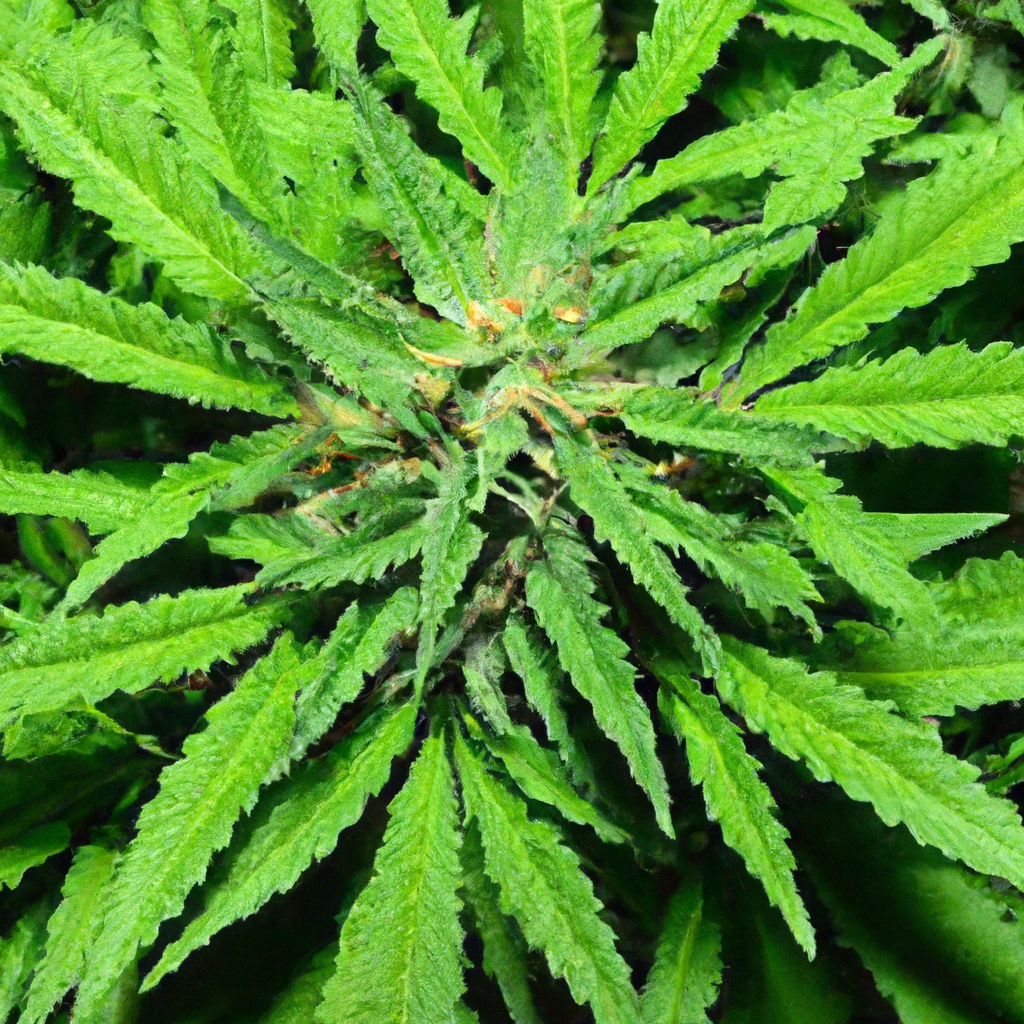By John “Magic” Greenleaf
“Growing greatness, one strain at a time.”
Introduction
In the rarefied air of high altitudes, where the sky feels a tad closer, cannabis cultivation brings unique challenges and opportunities. As a committed cultivator based in the heart of Colorado, I, John “Magic” Greenleaf, have spent over 30 years mastering the art of growing cannabis in these elevated terrains. Today, let’s unravel some misconceptions about high-altitude growing and explore the truths that can elevate your cannabis success.
Myth 1: Only Certain Strains Thrive at High Altitudes
One of the most persistent myths in high-altitude cannabis cultivation is that only specific strains can flourish. While it’s true that some strains have adapted better to the unique conditions of high altitudes, it doesn’t mean others can’t be nurtured into resilience. For example, strains like my award-winning “S t” are designed to handle the increased UV exposure and thinner air, but with proper care and adaptation, even less traditionally robust strains can thrive.
- Adequate Training: Use techniques such as topping and low-stress training to optimize light exposure efficiently.
- Gradual Acclimation: Slowly introduce strains to high-altitude environments to build their stress resilience.
Truth: High Altitudes Enhance Terpene and Cannabinoid Production
The thinner, drier air and increased UV exposure at high altitudes can actually be beneficial. These conditions push cannabis plants to ramp up their production of terpenes and cannabinoids as a defense mechanism against harsher elements. I’ve consistently achieved terpene levels between 3-5% and THC content of 20-30%, even in challenging environments.
Maximizing Potential:
- UV Optimization: Leverage UVB lights or allow plants access to natural sunlight to enhance cannabinoid synthesis.
- Balanced Nutrition: Ensure plants receive adequate nutrients, focusing on potassium and magnesium to support healthy terpene development.
Myth 2: High Altitude Cultivation is an Energy-Intensive Venture
Many assume that growing cannabis at high altitudes demands excessive energy due to climate control needs. However, sustainable practices can significantly curb this notion. By employing drip irrigation and high-efficiency LEDs like the Gavita Pro, I have managed to reduce water waste by up to 40% and cut energy use by 25%.
Proper environmental control ensures that humidity and temperature are maintained for optimal growth.
Conclusion
High-altitude cannabis cultivation, with its unique challenges and opportunities, proves that understanding the myths and recognizing the truths is essential. By employing adaptive techniques and sustainable practices, cultivators can navigate the complexities of high elevation and unlock the potential for robust, terpene-rich harvests.
Let’s continue to explore and experiment, keeping in mind that “healthy roots, healthy buds, happy harvests” remains our mantra.
Tags: High-Altitude Growing, Sustainability, Terpene Mastery, Medicinal Benefits, Education Insights


Leave a Reply